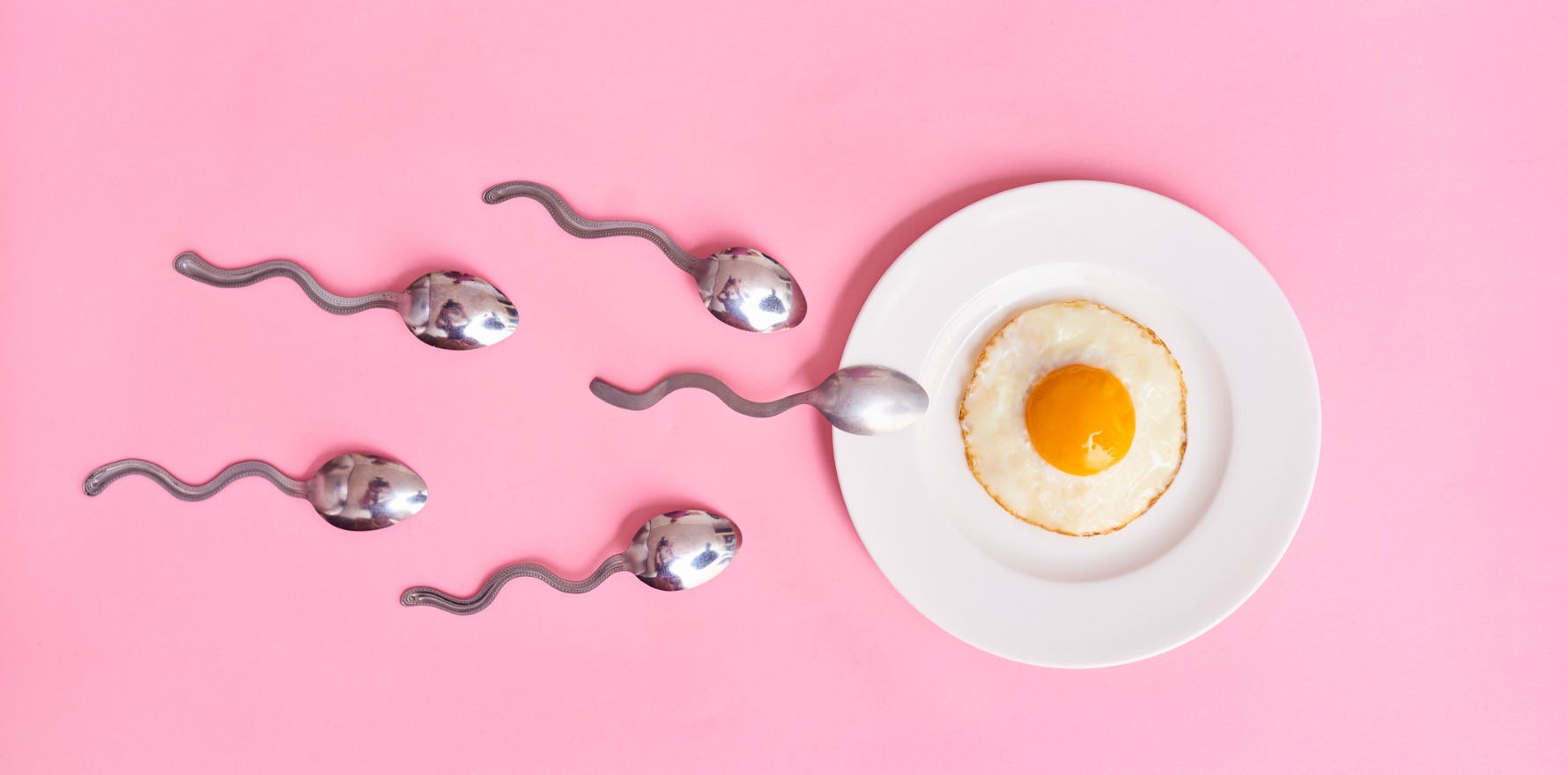The majority of pregnancies did not require ART and resulted in live, healthy births.
Younger patients may need to be particularly alert for potential pregnancies after stem cell transplantation.
Improvements in the delivery of haemopoietic stem cell transplants have improved survival rates but still exert a significant impact on potential fertility, especially for female patients. Consequently, there has been little data on pregnancy and birth rates post-stem cell transplantation.
Now, a new German study, published in Blood, reports that while only about 2% of women fall pregnant after receiving a stem cell transplant, three out of four pregnancies result in a live birth – and the majority of pregnancies occur spontaneously.
“Fertility counselling before [treatment] should be provided to every woman of childbearing age, not only to discuss fertility preservation techniques, but also to inform patients about the potential for natural fertility restoration after [treatment] to prevent unwanted pregnancies,” the authors concluded.
Researchers identified 2654 women of childbearing age (18-40 years) who received a stem cell transplant over a 16-year period from the national stem cell transplantation registry. Information about pregnancies and live births were recorded during annual follow-up appointments.
Women whose records indicated they had fallen pregnant were contacted for an additional interview and provided data about conception, pregnancy course and child development.
Fifty women (roughly 2%) fell pregnant after their stem cell transplant for a total of 74 pregnancies (some women fell pregnant more than once). Of these, 57 (77%) resulted in live births. The median time between treatment and a woman’s first reported pregnancy was 4.7 years.
“It is generally advised to avoid pregnancy within the first year following [the transplant] due to heightened infection risk, increased risk of relapse and graft versus host disease. However, one woman became pregnant within the first year after transplantation and successfully delivered,” the authors wrote.
Details about conception were available for 54 pregnancies. Thirty-nine of the 54 pregnancies occurred spontaneously, while the remaining 15 involved assisted reproductive technologies and/or other fertility preservation approaches.
“This is one of the most important and unexpected observations in our study, highlighting the need to educate women about potential fertility restoration post-transplant to prevent unplanned or unwanted pregnancies,” the authors wrote.
A greater proportion of pregnancies occurred in young women (18-25 years at the time of treatment). No pregnancies were reported in women over the age of 34 when receiving treatment.
Women with non-malignant transplant indications (e.g., haemoglobinopathy, bone marrow failure syndrome) were 2.78 times more likely to fall pregnant compared to women with acute myeloid leukaemia or myelodysplastic syndromes, while women who received at least 8 Gray of total body irradiation were 71% less likely to become pregnant compared to women who received a lower dose.
Related
The most common maternal complications reported by women who fell pregnant following stem cell transplantation were pre-eclampsia, oedema, and placental insufficiency. One in four deliveries were pre-term, but there was no increased incidence of childhood illnesses compared to the general population.
“Contrary to expectations, infectious complications did not play a prominent role,” the authors noted.
“However, regular screening for infections, especially asymptomatic urinary tract infections during pregnancy are of course justified.”
A key limitation of the study was that it did not have access to data regarding views on and attempts at falling pregnant in the women who did not report pregnancy following the transplant.





